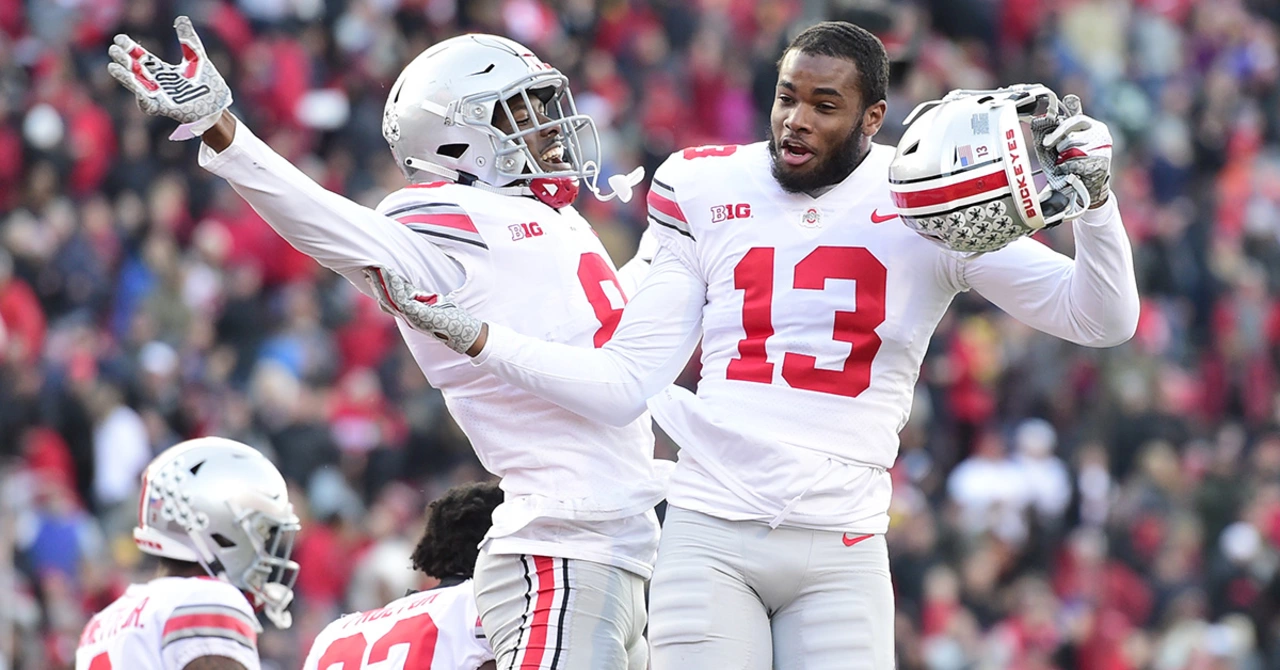System – Understanding the Frameworks That Run Our World
When looking at system, a set of interconnected elements that work together toward a common purpose. Also known as framework, it provides the backbone for everything from government to entertainment. Knowing how a system operates helps you see the invisible rules that shape daily life.
Key Types of Systems You Encounter Every Day
One of the most visible structures is the political system, the collection of institutions, laws, and processes that govern a country. It decides who makes decisions, how power is shared, and what rights citizens enjoy. Beside politics, the media system, the network of outlets, platforms, and regulations that deliver information to the public shapes opinions, spreads news, and often drives cultural trends. Both systems rely on clear rules and feedback loops; without them, chaos would replace order.
Technology adds another layer. An AI system, software that learns from data and makes decisions or predictions now powers content recommendation, automated moderation, and even deepfake creation. When AI interacts with the media system, it can amplify messages fast, but it also raises questions about authenticity and control. Meanwhile, the sports world runs its own sports system, the organizational structure of leagues, teams, and governing bodies that manage competitions. From player contracts to fan engagement, this system balances competition with entertainment.
These examples illustrate several semantic triples: a system encompasses sub‑systems like political and media; a system requires clear rules and feedback; an AI system influences the media system by shaping content flow. Understanding these connections lets you predict how changes in one area ripple through the others.
Why does this matter to you? If you follow news about activism, you’ll see the political system in action – protests challenge laws, and governments respond with policy shifts. When you scroll TikTok and see AI‑generated deepfakes, you’re experiencing the clash between AI and media systems, which can affect trust and legal responses. Sports fans notice how league structures impact game schedules, player safety, and even betting markets. Each of these stories is a slice of a larger system at work.
Our collection below pulls together articles that showcase these dynamics. You’ll read about a high‑profile activist detention that sparked a debate over the maritime blockade, a TV drama that highlights media production, a deep‑fake scam that exposed AI vulnerabilities, and analyses of why the NFL’s structure keeps fans hooked. Together they illustrate how different systems operate, collide, and evolve.
Ready to see the pieces in action? Dive into the posts and discover how each system shapes the issues that matter to you, from politics to entertainment, tech to sport. The insights ahead will give you a clearer picture of the frameworks that power our modern world.

How does the college football playoff ranking system work?
As a college football fan, I've always been curious about how the playoff ranking system works. Basically, a 13-member committee selects and seeds the top four teams for the playoff based on performance, strength of schedule, and other factors. Every week, the committee releases updated rankings, leading up to the final selection on Selection Day. It's important to note that conference championships and head-to-head results play a significant role in the ranking process. While some might argue that the system is subjective, it does create excitement and intense competition throughout the season.
Read More


